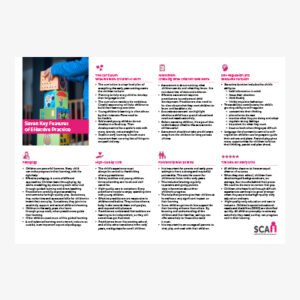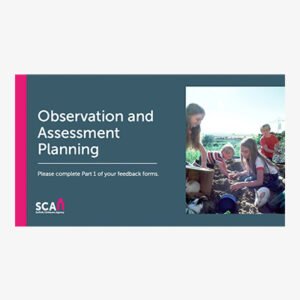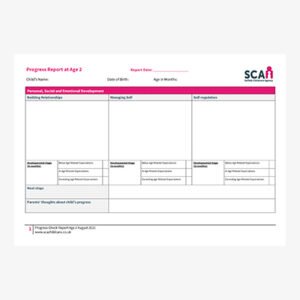Safer Sleeping
£5.00
Safer Sleeping is crucial in addressing Sudden Infant Death Syndrome (SIDS), which is the sudden and unexplained death of an infant with no identifiable cause after a thorough post-mortem examination. This guide helps identify risks and encourages parents and caregivers to adopt safer sleep practices for their infants. Professionals interacting with families of young babies can significantly impact infant safety by discussing safer sleep practices. While health professionals play a crucial role, individuals in housing, social care, and emergency services can also contribute by using the Safer Sleep Guide.
Preventing Sudden Infant Death Syndrome (SIDS)
Safer sleeping is vital in preventing Sudden Infant Death Syndrome (SIDS) within childminding settings. SIDS remains a leading cause of infant death. Strong sleeping routines and safe environments reduce this risk.
Every childminder must follow safer sleep guidance. This includes cot safety, sleep position, and temperature control. These steps protect infants during rest and nap times.
Understanding Safer Sleeping
Babies must always sleep on their backs. This sleep position lowers the risk of SIDS. Never place babies to sleep on their stomachs or sides.
Use a firm, flat mattress with a fitted sheet. Do not use soft toys, bumpers, or loose blankets. Keep sleep spaces simple and free from clutter.
Maintain a comfortable room temperature. Overheating increases the risk of SIDS. Dress babies in light clothing and use a sleeping bag if needed.
Best Practice in Childminding Settings
Always check sleep spaces before rest time. Ensure mattresses are clean, flat, and firm. Remove any soft items from cots or cribs.
Position babies with feet at the bottom of the cot. This stops them from wriggling under covers. Use blankets tucked in no higher than the shoulders.
Check sleeping babies regularly. Record sleep times and monitoring checks on your daily log. Communicate sleeping routines clearly with parents.
What to Look Out For
Watch for signs of overheating, such as sweating or flushed skin. Adjust clothing and room temperature if needed. Never cover a baby’s head.
Ensure each baby has a dedicated cot or sleep space. Avoid sleeping babies in car seats, bouncers, or prams for long periods.
Make sure your safer sleep policy follows national guidance. Share this policy with parents at enrolment. Keep it updated and reviewed regularly.
Final Thoughts
Safer sleeping routines save lives and protect babies from unnecessary risk. Childminders must understand and apply this guidance daily. Prioritising sleep safety builds trust and supports infant wellbeing.







 Development Matters (2 Year Check)
Development Matters (2 Year Check)